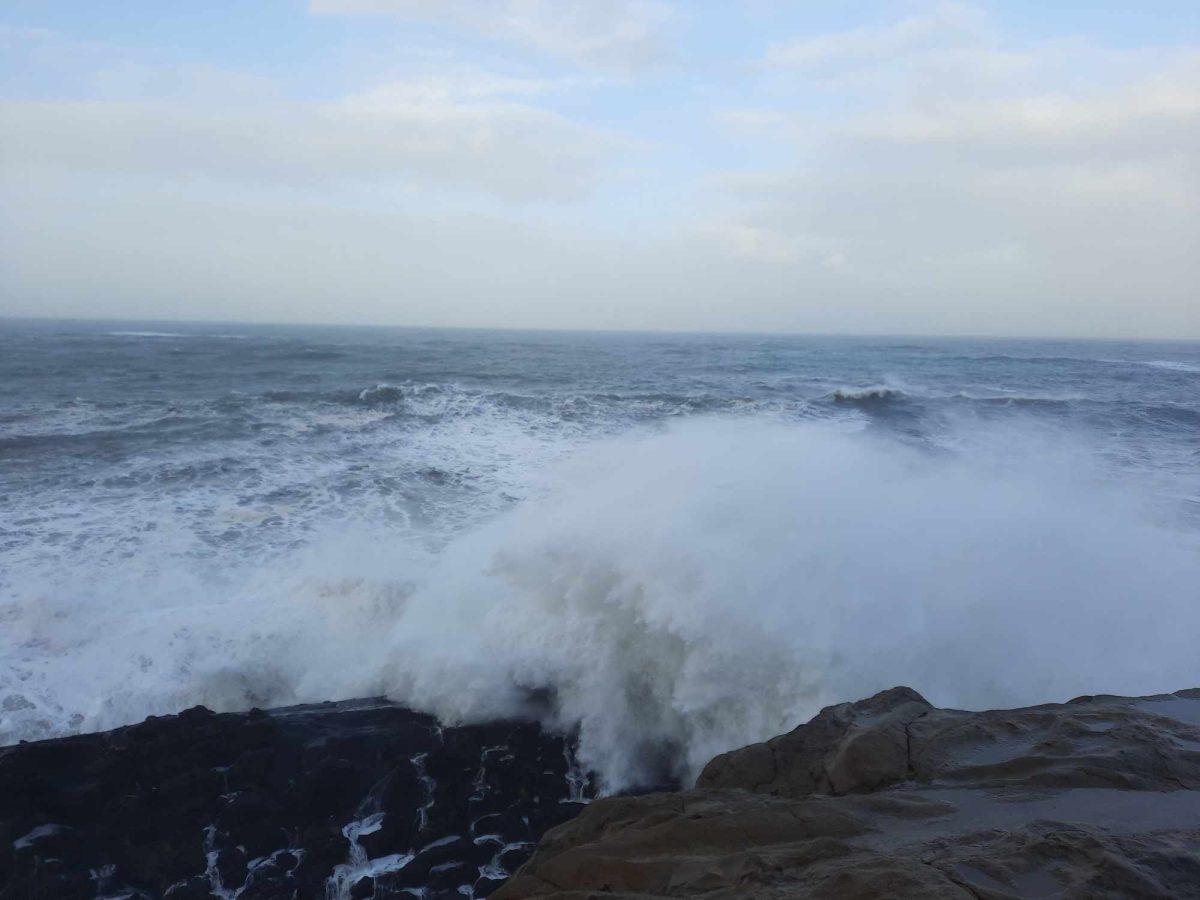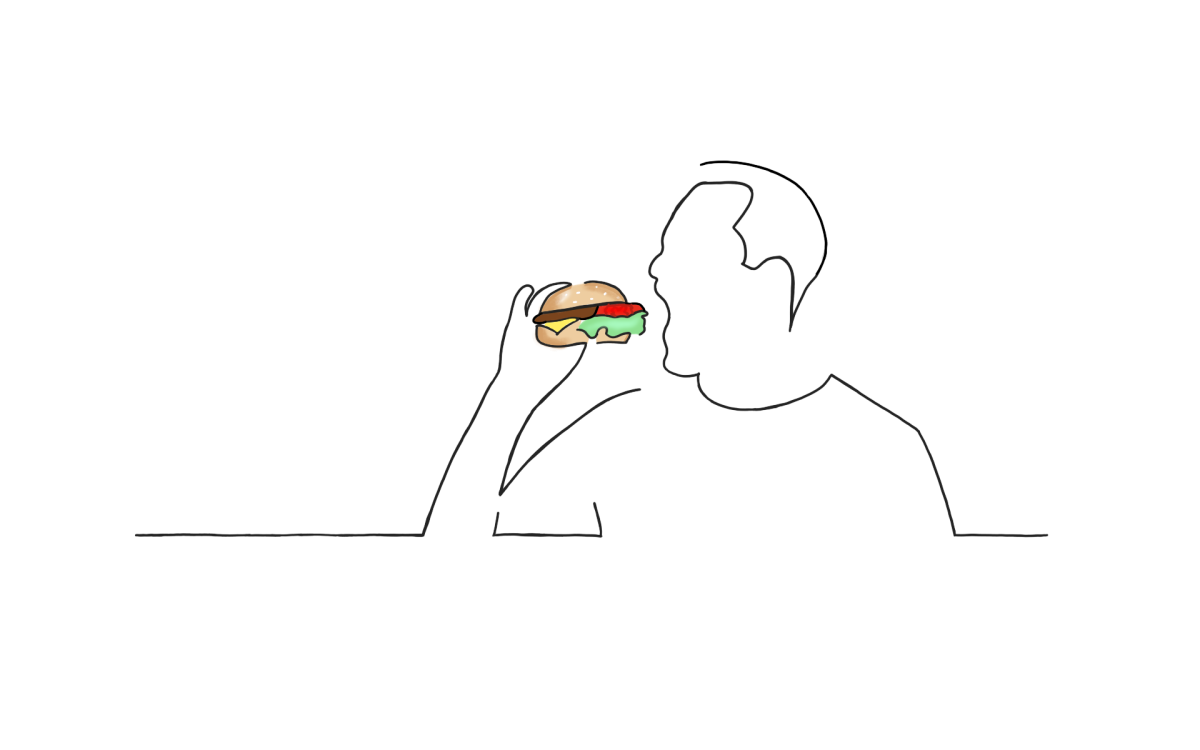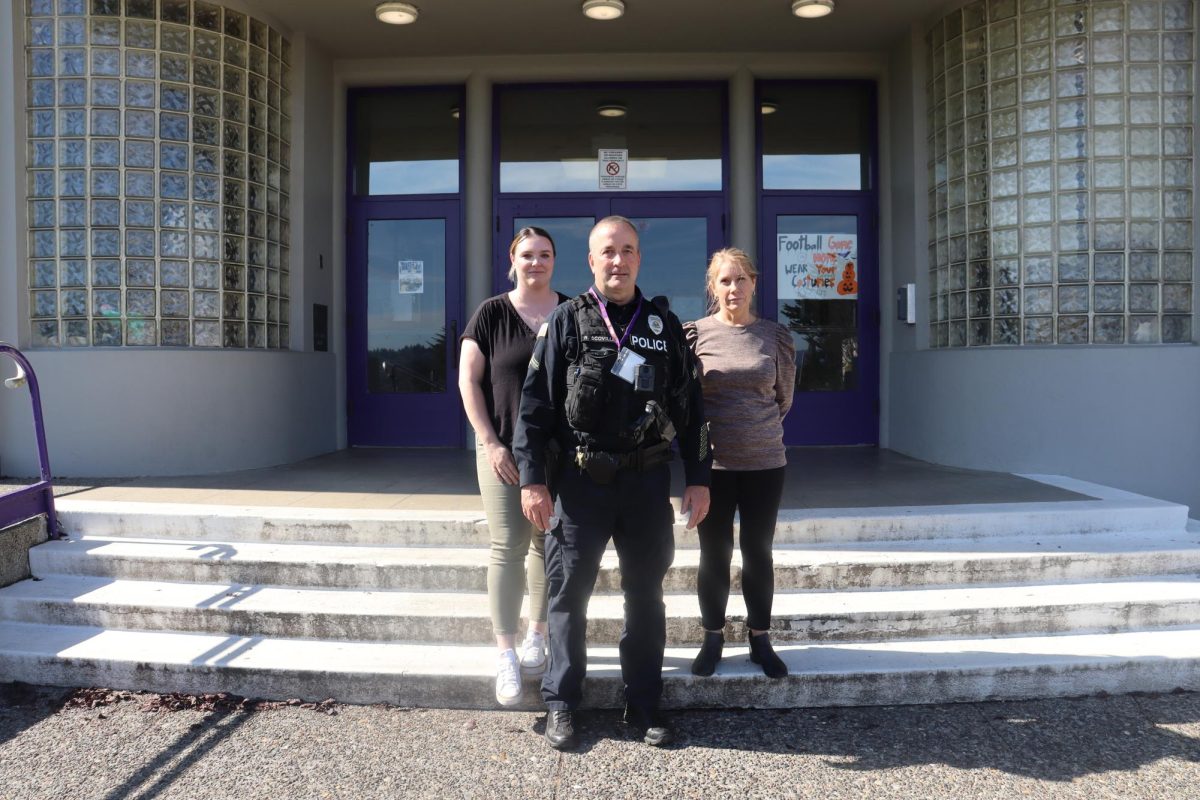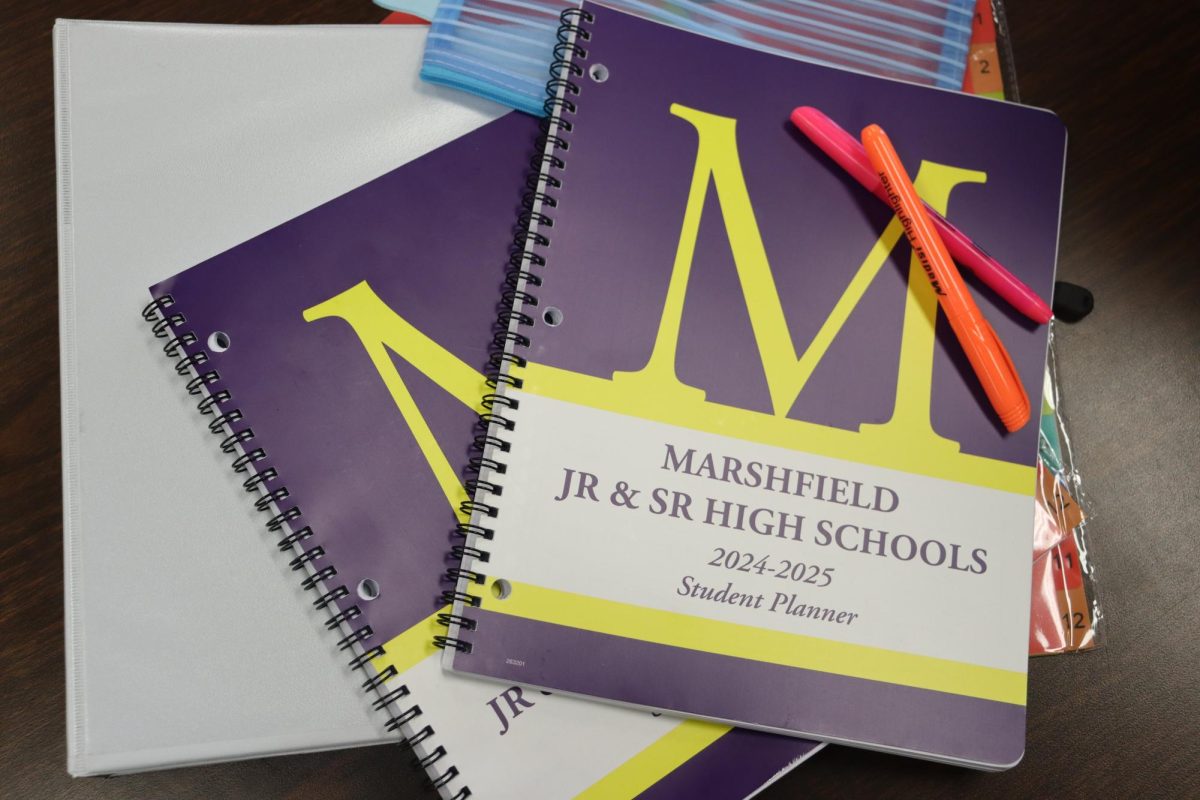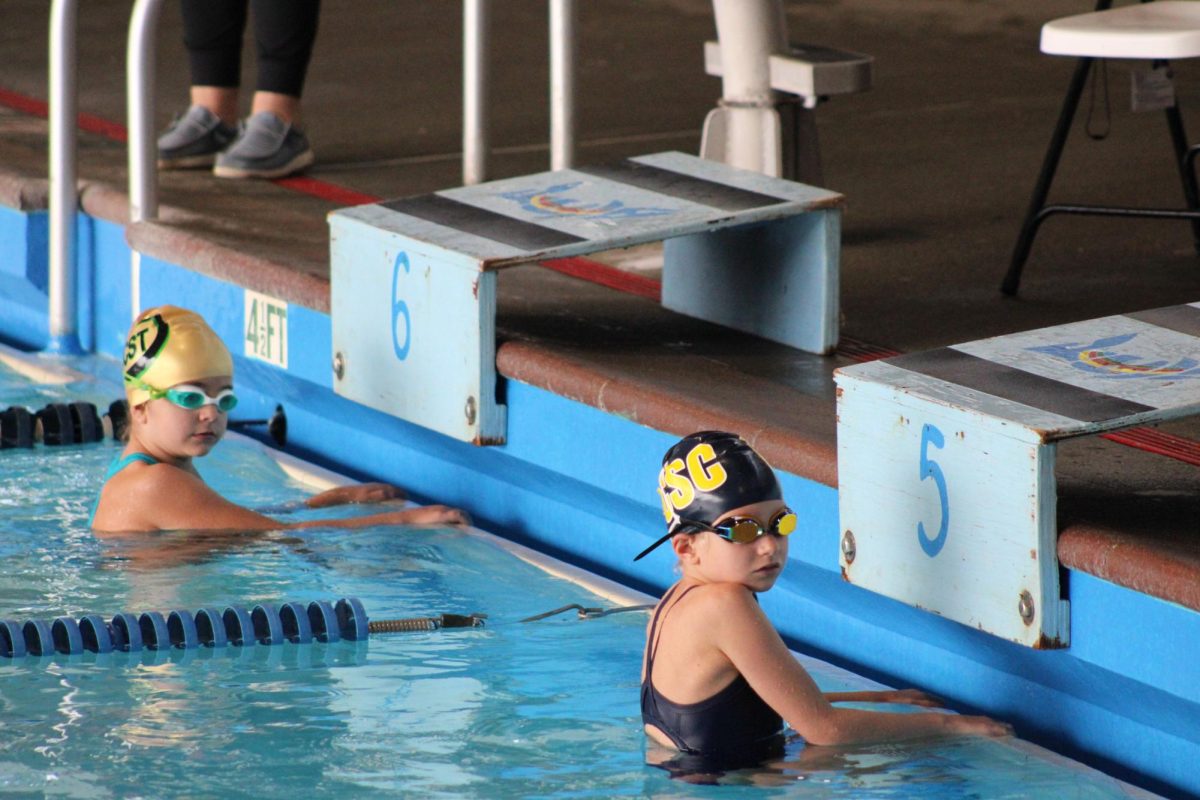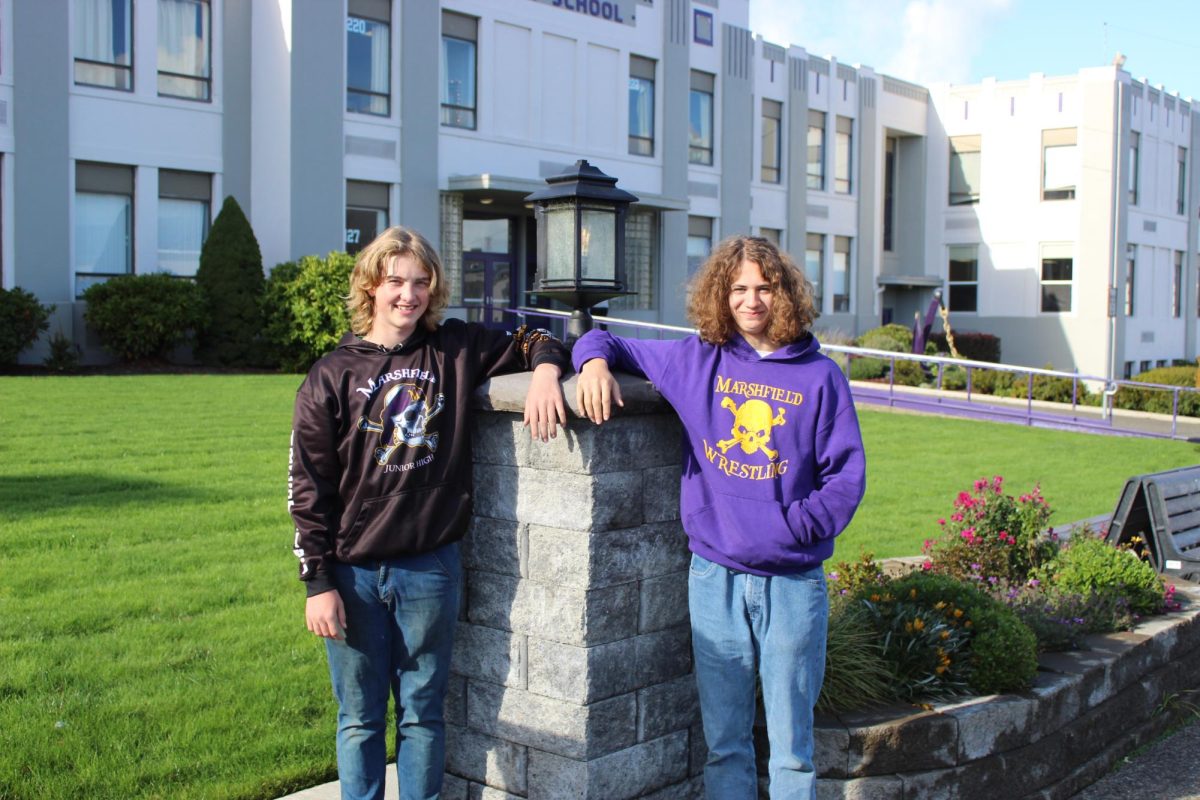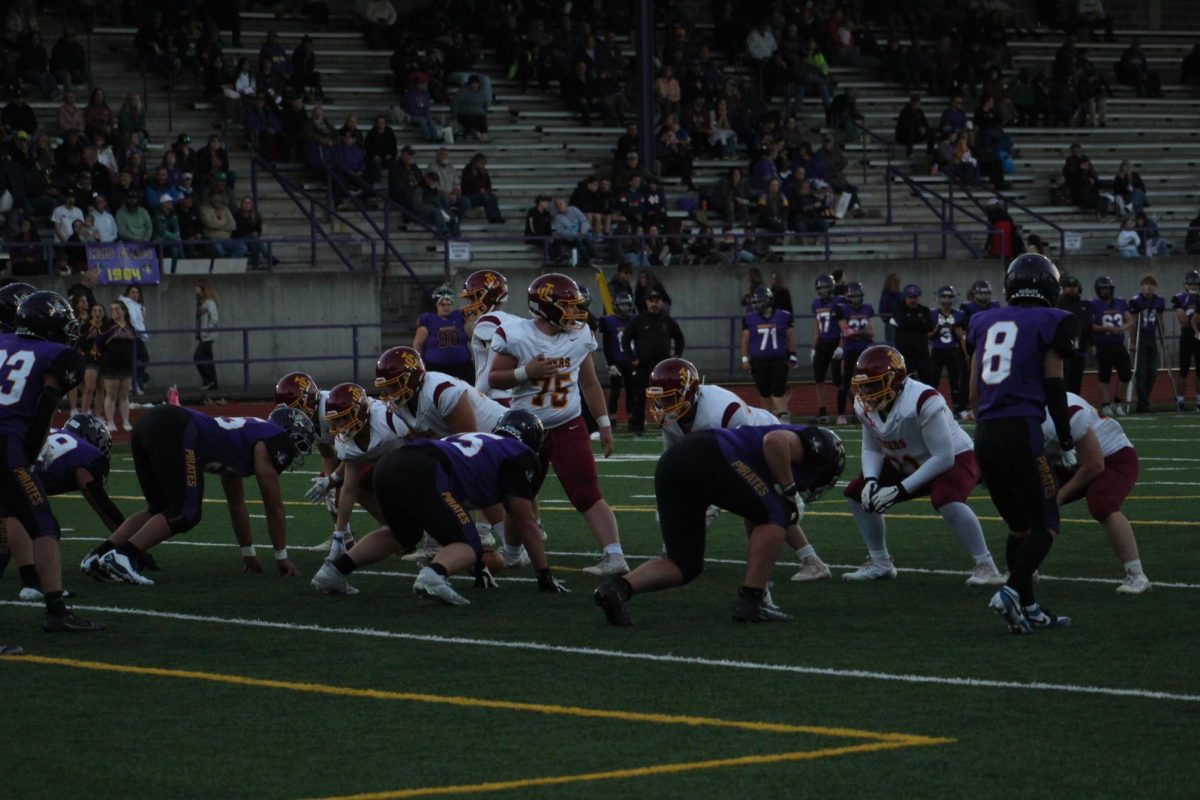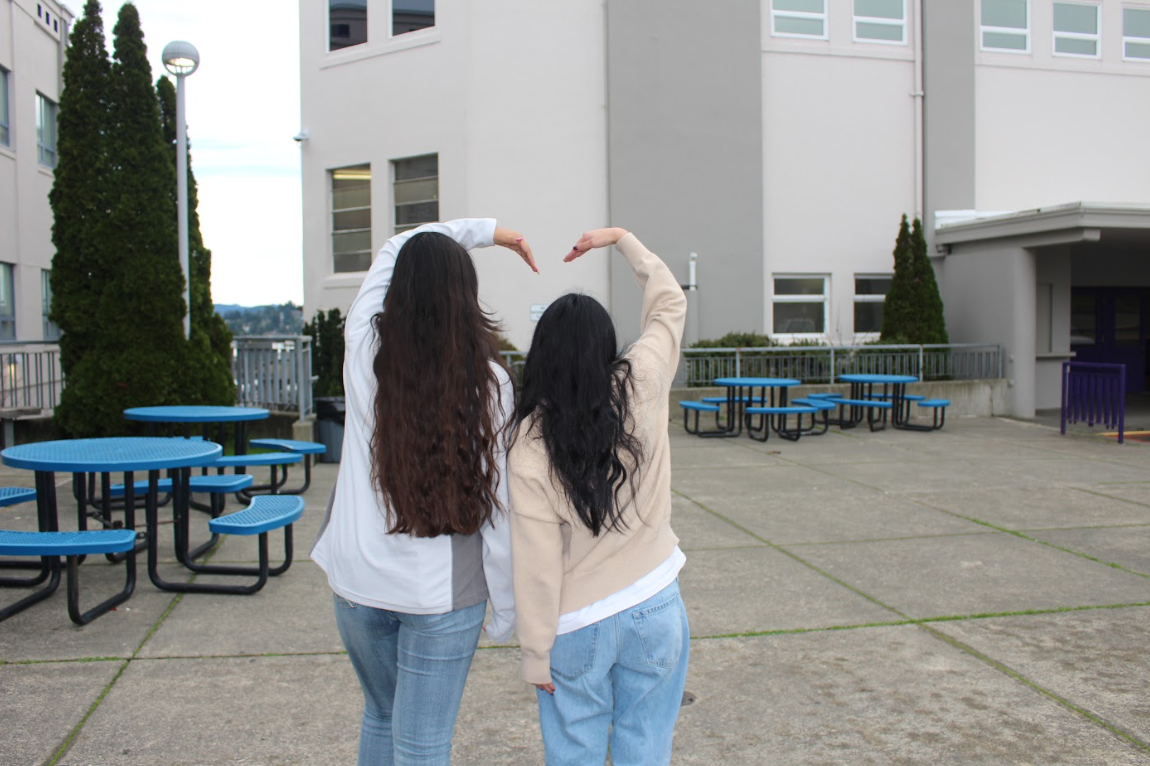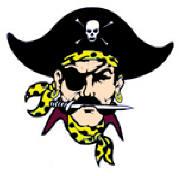By Connor Bryant | Managing Editor of Copy
When Don Walsh volunteered to operate a bathyscaphe for the U.S. Navy, his only concern was finding a way out of his desk job for the Commodore and back into the type of sea duty he had always loved. What he did not anticipate was being part of an expedition unlike any before. In 1960, Lieutenant Walsh and Jacques Piccard took the Bathyscaphe Trieste to the deepest part of the Pacific Ocean. Fifty-two years later, Walsh is still involved in oceanic explorations, but does so from his current residence in Dora, Ore.
Born on Nov. 2, 1931 in Berkeley, Calif., Walsh grew up witnessing the construction of the Golden Gate Bridge and the ships that came and went in the Bay Area, wondering what lands they hailed from and for what reasons they sailed.
“I was wondering where they were going and what was out there, and I had always been keen on ships and boats all my life,” Walsh said. “By the time I got out of high school, the only jobs going to sea would be in the Navy, so I enlisted in the Navy.”
But Walsh did not start out on boats. At the age of 17, Walsh was put into aviation, manning torpedo bombers for the Naval Air Station in Oakland, Calif., before entering the Naval Academy in 1950. Before even receiving a driver’s license, Walsh was given the responsibility of making sure all the systems were working for the pre-flight of the bombers, which he was then given the task of flying with the air crewman. Discovering an enjoyment for piloting, Walsh approached the education officer and declared his intention of attending school. The education officer told him to attend US Naval Academy in Annapolis, Md. and become a captain. There, Walsh received his Bachelor of Science degree in engineering. Unable to pass the flight physical upon graduation, Walsh applied to work with submarines instead. It was while working on submarines he expanded his knowledge of all the ins-and-outs of naval ships.
“What you have to do onboard the submarine is you have to learn every system on board. You have to learn how to run everything, how to start the diesel engines, put in a battery charge,” Walsh said. “You have to know how to prepare a torpedo for firing, and then you have to fire it to hit the target.”
Walsh’s expertise on the functions of submarines would soon come in handy for his Trieste expedition. It was during this time that Walsh received his gold dolphins, the Navy equivalent to a pilot’s Aviator Badge. Walsh was roped into working for the Commodore at what he thought would be a temporary job as personal aid. While on job, Walsh was approached by Dr. Andreas Rechnitzer. Rechnitzer was heading a scientific platform for the Navy by testing a bathyscaph the Navy had purchased from the famous Piccard family, and he wanted the Commodore’s help. Rechnitzer needed a bathyscaphe pilot and wanted a few volunteer submarine officers to accept the task. A bathyscaphe, which comes from the Greek words “deep” and “ship,” is basically a large submarine with a spherical observation cabin attached to the hull. It would be in this orb shaped compartment that Walsh, with Piccard, would plunge to the deepest depths of the World Ocean. Walsh knew that this would be the perfect way to escape his purgatorial desk job and get back into navigational work as captain of the Bathyscaph Trieste.
“I reported to the project in January of 1959; in March, I’m sitting on the floor of the ocean 4,000 ft. down,” Walsh said.
But this was only the beginning of Walsh’s explorations. His biggest challenge was yet to come when Rechnitzer gave him some news: the Trieste’s next destination would be in Guam, where Walsh would be taking it to the deepest place in the World Ocean, nearly seven miles down.
“I said, ‘Say what?’ because as the commander of the thing really he was talking about me. I’m going to the deepest place in the ocean,” Walsh said. “I mean, 4,000 ft. was heady enough, now he’s talking about 36,000 ft. That’s how it all got started.”
Walsh’s expedition has never been repeated.
“People say, ‘Were you scared?’ Not really. I tell people it was just a longer day at the office. But that’s the basis for it: it was longer because we went further,” Walsh said. “You’re in the wrong business if you’re scared of this thing; it’s like a test pilot: you’re on your game, you’re very alert, you practice, you practice, you practice, you think you know every little nut and bolt, but you’re also very aware of the unknown and how to deal with it.”
Walsh stressed the importance of the Trieste’s development and how it changed the way oceanography had been done at that point.
“Now you could take the trained eye, the trained brain, to any place in the ocean,” Walsh said.
Walsh went on to conduct various expeditions with the Trieste around the world, earning Masters degrees from San Diego State University and Texas A&M, as well as a Ph.D. in Physical Oceanography from Texas A&M. Walsh even worked for NASA for a time in the field of remote sensing.
“There are three environments in man’s experience I would categorize as being out of this world,” Walsh said. “The first, of course, is space itself. You are out of this world, literally. The second is working in the Polar Regions; its vast stretches where nobody lives. And the third of course is working in the deep oceans. I’ve done two out of three.”
Now, Walsh lives in the Dora area, just east of Coquille, with his wife, Joan, and is the sole operator of an international oceanic consulting agency he founded in 1976. He has worked on projects in over 20 countries and has been a technical advisor for movies, currently working with director James Cameron (“Titanic,” “Avatar”).
Last year, Walsh received the Hubbard Award from the National Geographic Society, and is now working to get the award for his Trieste partner, the late Jacques Piccard. Walsh is currently working on a project that will take tourists willing to pay the $60,000 ticket price down to the wreckage of the Titanic. He will also work on an expedition ship in the Antarctic this coming winter.
Walsh still has the same attitude he did over half a century ago when he was looking for something more interesting to do and stumbled on to his love for the ocean.
“Basically anything to do with the oceans that’s fun professionally,” Walsh said. “I don’t have to do things I don’t want to do.”

